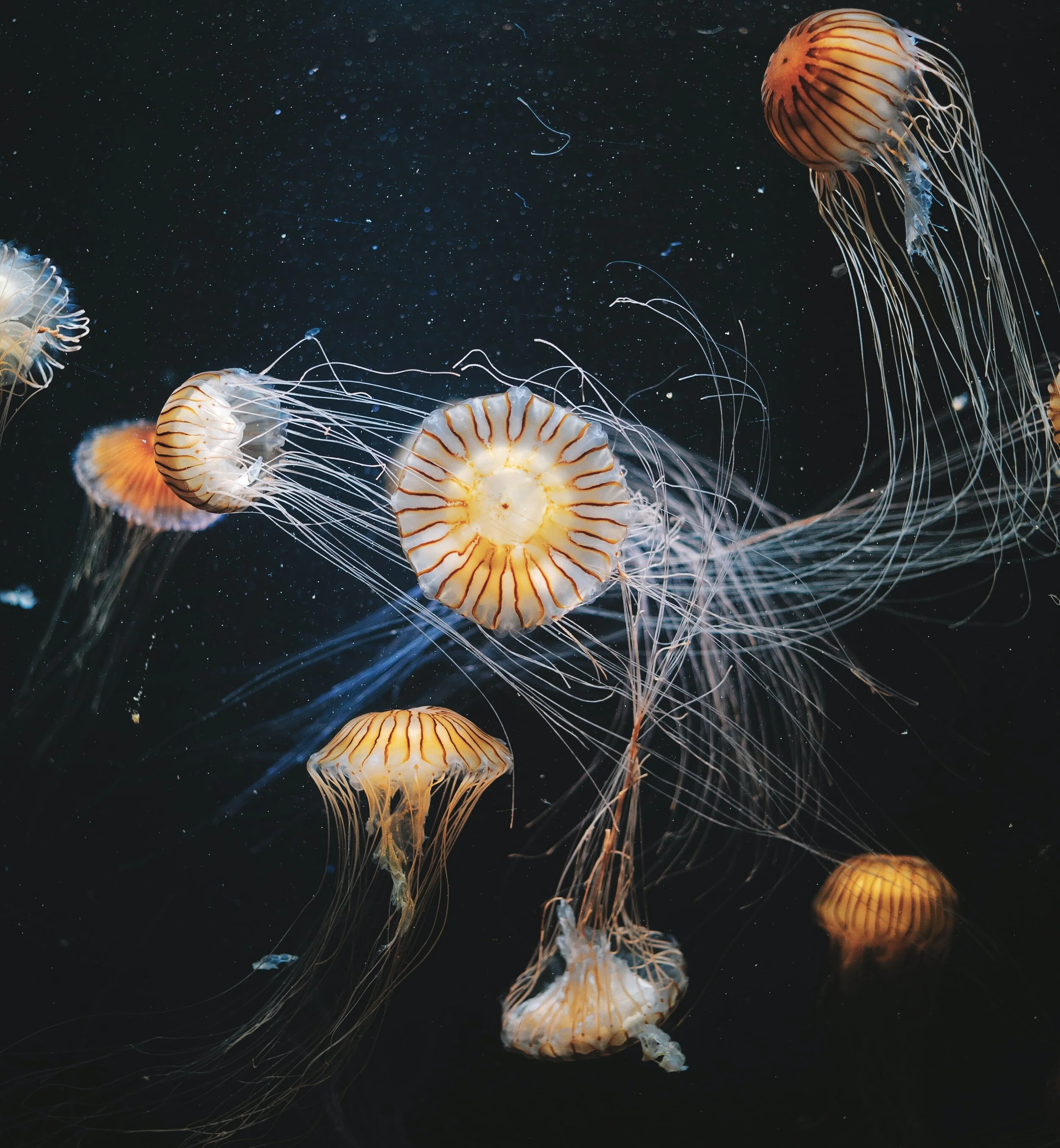
Unit 29: Surface Tension & Bubbles
Practice Problems

Note: problem difficulty is ranked using a star system.
(*) One-star problems are fundamental to the unit, and can be done relatively quickly. Use these problems to introduce yourself to the material.
(**) Two-star problems are more difficult, and require an understanding of one or two key concepts. Use these problems to test your understanding of the material.
(***) Three-star problems are the most difficult, and require some creative thinking in addition to a deep familiarity with multiple key concepts. Use these problems to challenge yourself; if you can complete one of these, you’re on your way to mastering the material.
*Q29.1) How much work is required to increase the surface area of an air bubble in water by 1 cm²?
*Q29.2) How much excess pressure does an air bubble in water of radius 1mm have?
*Q29.3) How much excess pressure does a soap bubble in air of radius 1mm have? Assume the soap-water solution to have the same surface tension as pure water.
**Q29.4) A small bubble and a large bubble are connected to either side of a pipe with a closed valve in the middle as shown below. While the valve is closed, no air is allowed to flow from one bubble to the other. Which of the following would occur upon opening the valve?
A) Air would flow from the smaller bubble to the larger bubble, causing the larger bubble to grow as the smaller bubble shrinks
B) Air would flow from the larger bubble to the smaller bubble, causing the smaller bubble to grow as the larger bubble shrinks
C) Nothing would change, the system is already in equilibrium.
**Q29.5) Find the pressure (both gauge and absolute) inside an air bubble of radius 0.5mm located 20m below the surface of a lake.
**Q29.6) A large bubble has twice the surface area of a smaller bubble. What’s the ratio of the excess pressure of the larger bubble to that of the smaller bubble?
***Q29.7) An air bubble of radius 2mm forms 20cm below the surface of some water inside a pressurized tank connected to a mercury-filled manometer as shown below. Find the pressure (gauge and absolute) inside the bubble.


